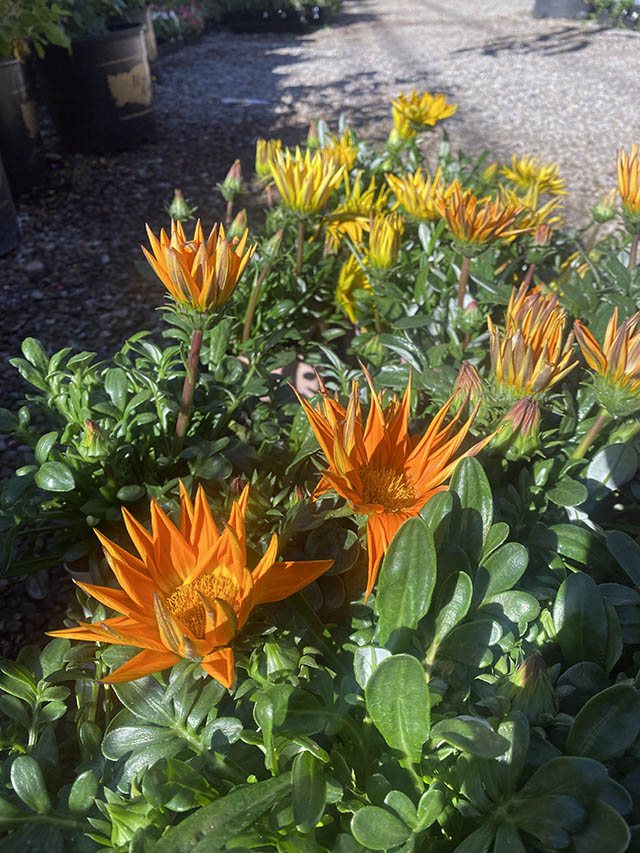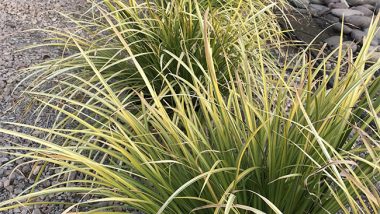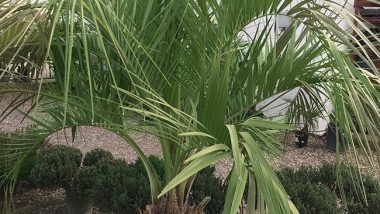Last updated on November 19th, 2025 at 06:32 am
The Gazania Plant Growth. I love Gazania’s because these plants are great for a full hot sunny area but they can also tolerate shady conditions. Also, called the African Daisy, and the treasure flower. They are moderate watering plants and are considered perennials however, it gets too cold they will die out during the winter season. They do great in rock gardens or the Xeriscape landscape.
Plant them with other low-water plants like Verbena, Lantana, and Salvias. Very easy to grow in plant form or start from seeds. It takes about 3.5 months for them to germinate and show their flowers.
How to Grow Gazania Plants
Gazania plants are truly fascinating. Did you know these flowers perform a little magic trick every day? Each vibrant bloom closes tightly at night or in dim light, only to dramatically unfurl when the sun beams down in the morning.
It’s like they’re waiting for the spotlight before putting on their show. This unique trait adds a dynamic touch to any garden, ensuring that your outdoor space seems to transform overnight. It’s a natural wonder that makes you appreciate just how interactive and responsive plants can be.
They are in the daisy family and butterflies will swarm around this plant all summer long. As I mentioned they are considered annual but in the Southwest, during mild winters or in areas where it never freezes they will come back the following year.
Dry hot conditions are no problem for them. The Gazania Plant comes in white, bronze, orange, and dark red. They are drought-tolerant but will do better with regular watering. Very hardy plants that can tolerate the hot mid-summer heat throughout the Southwest USA region.
Plant them in containers
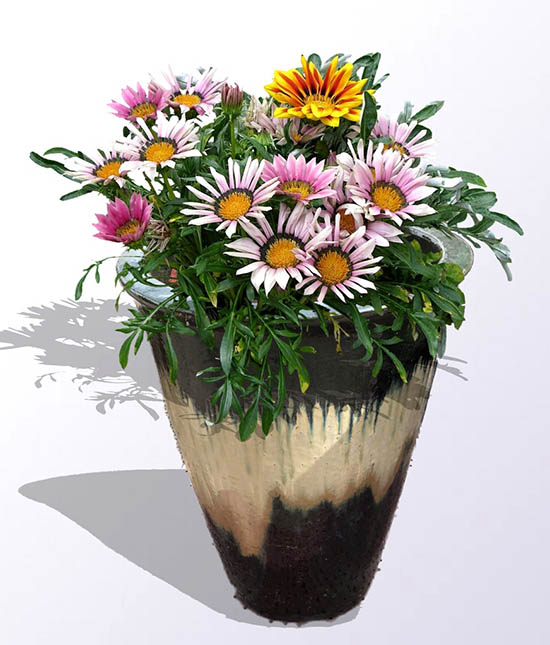
Put them in a large container for some great-looking potted plants. They will trail over for a great-looking effect. Place them at the front entrance of your home. Fertilize them with a good all-purpose bedding plant fertilizer.
You can start gazania’s by root cuttings, or seeds, or the best way is to purchase them at your local nursery. They grow fast and require moderate watering. They will bloom from early spring to late fall.
The best time to plant seeds is in mid to late March around the southwest. They come in lots of colors white, yellow, orange, and pale red. They also come in stripe colors commonly called tiger gazanias.
Most will grow to about 4-6 inches tall so placing them in front of taller plants is a good idea.
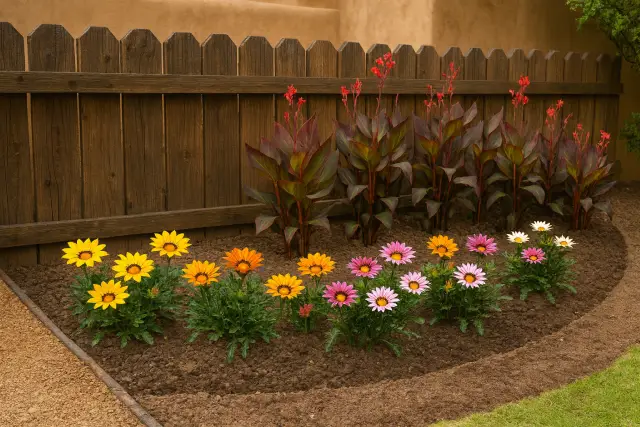
Types of Gazania Plants
There are many varieties of the Gazania plant. Check out Wikipedia Gazania page.
Care of Gazania Plants
One of the most common Gazania problems is poor flowering. Even if you’re taking good care of them, Gazanias may not bloom as fully or as consistently as you expect. In many cases, this comes down to insufficient sunlight. These sun-loving plants need bright, direct light for most of the day to reach their full blooming potential. If they’re planted in areas with too much shade—whether from nearby trees, structures, or taller plants—they may produce fewer flowers or stop blooming altogether. Gazanias rely heavily on strong sunlight to develop vibrant petals and maintain healthy growth, so ensuring they get at least 6–8 hours of full sun daily is key to keeping them covered in colorful blooms.
Another potential problem is over-fertilization; too much nitrogen can lead to lush foliage at the expense of blooms. Stick to a balanced fertilizer and make sure those beauties are soaking up the rays!
A pest infestation can also put a damper on your Gazania parade. Aphids and spider mites find Gazania plants quite delectable and can quickly turn your garden into a buffet. Keep an eye out for these pesky intruders and take action with insecticidal soap or neem oil to keep your gazanias in tip-top shape. Spraying with Neem oil will kill these insects.
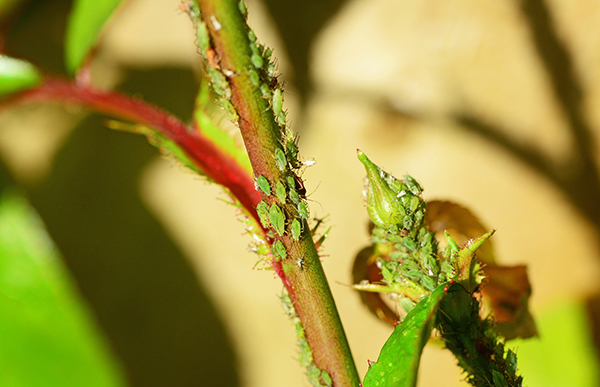
Overwatering is yet another challenge you might face. Gazania plants are drought-tolerant and do not like wet feet. If you’re too generous with the watering can, you may invite root rot, which is a surefire way to send your plants to an early grave. Make sure the soil is well-drained and only water when the top inch feels dry to the touch.
Maintain Gazania Plants for good Growth
In dealing with gazania problems, the key is to monitor and maintain. By ensuring adequate sunlight, avoiding over-fertilization, keeping pests at bay, and regulating water intake, you’ll be rewarded with a stunning display of gazanias that’ll be the envy of every plant lover on the block. So, roll up your sleeves and show those gazania problems who’s boss – your garden oasis awaits!
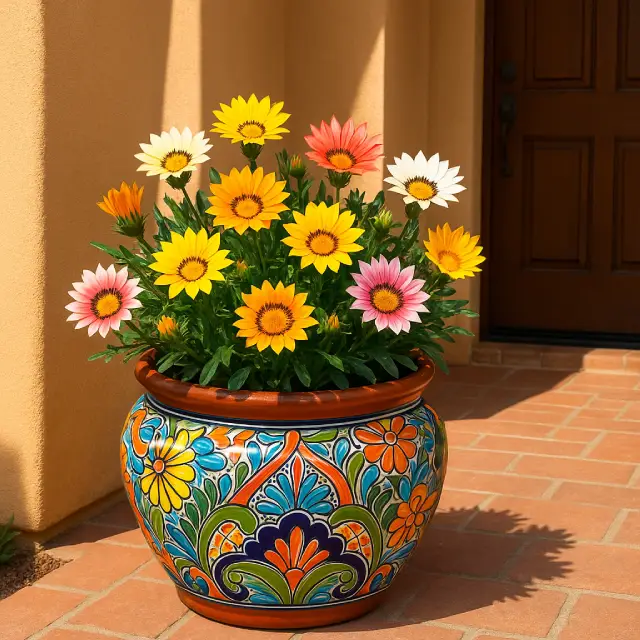
The Gazania Plant Growth

Greenhouse Manager, Master Gardener, and Webmaster.
If you have any questions or enjoyed this post, feel free to share your thoughts in the comments below.

